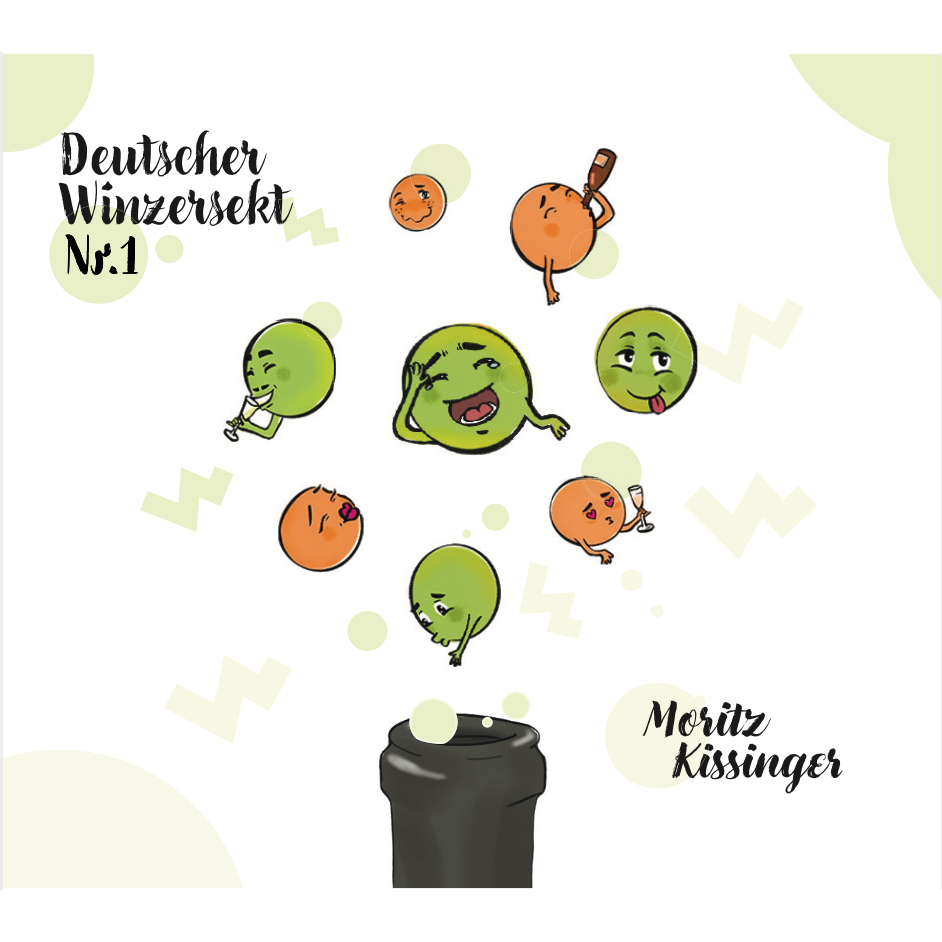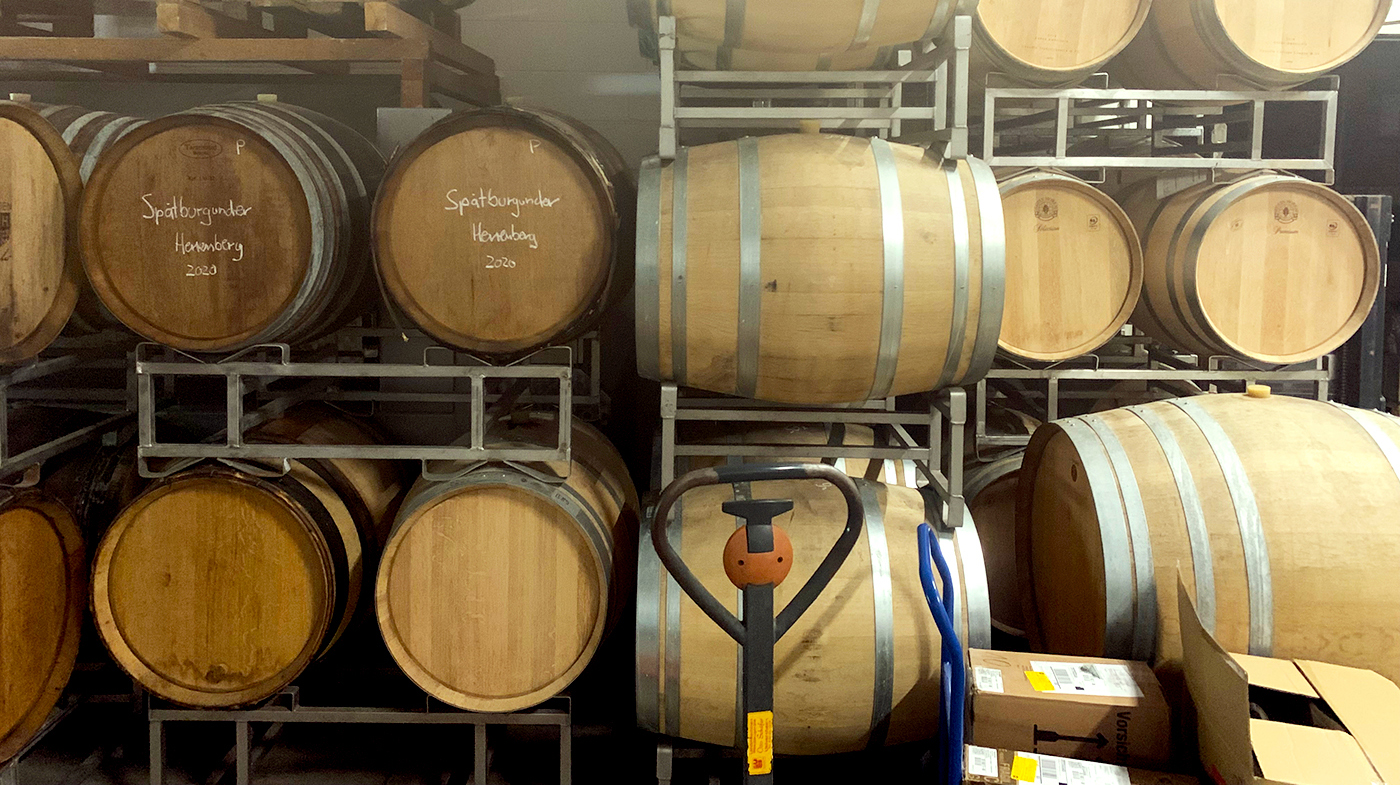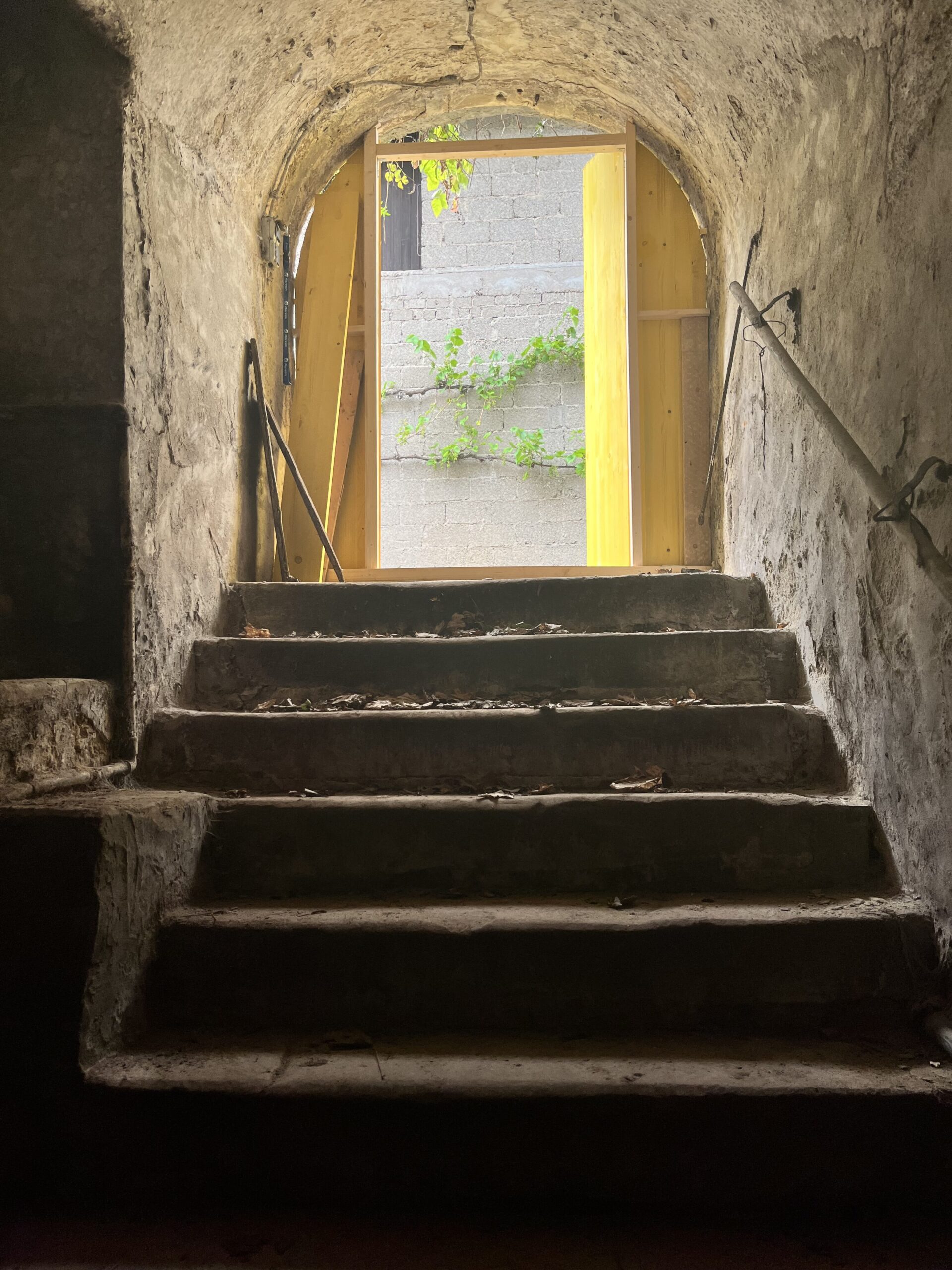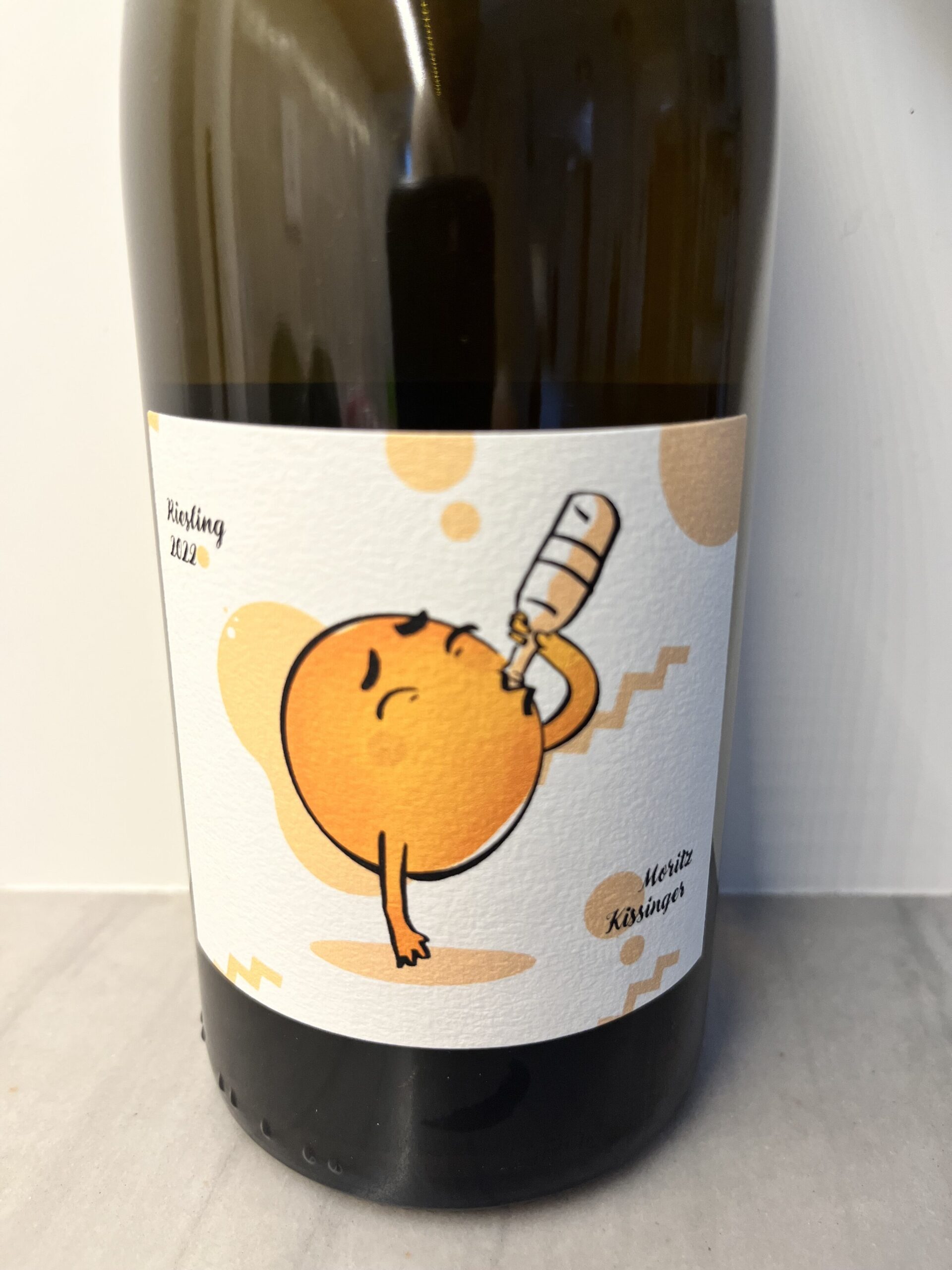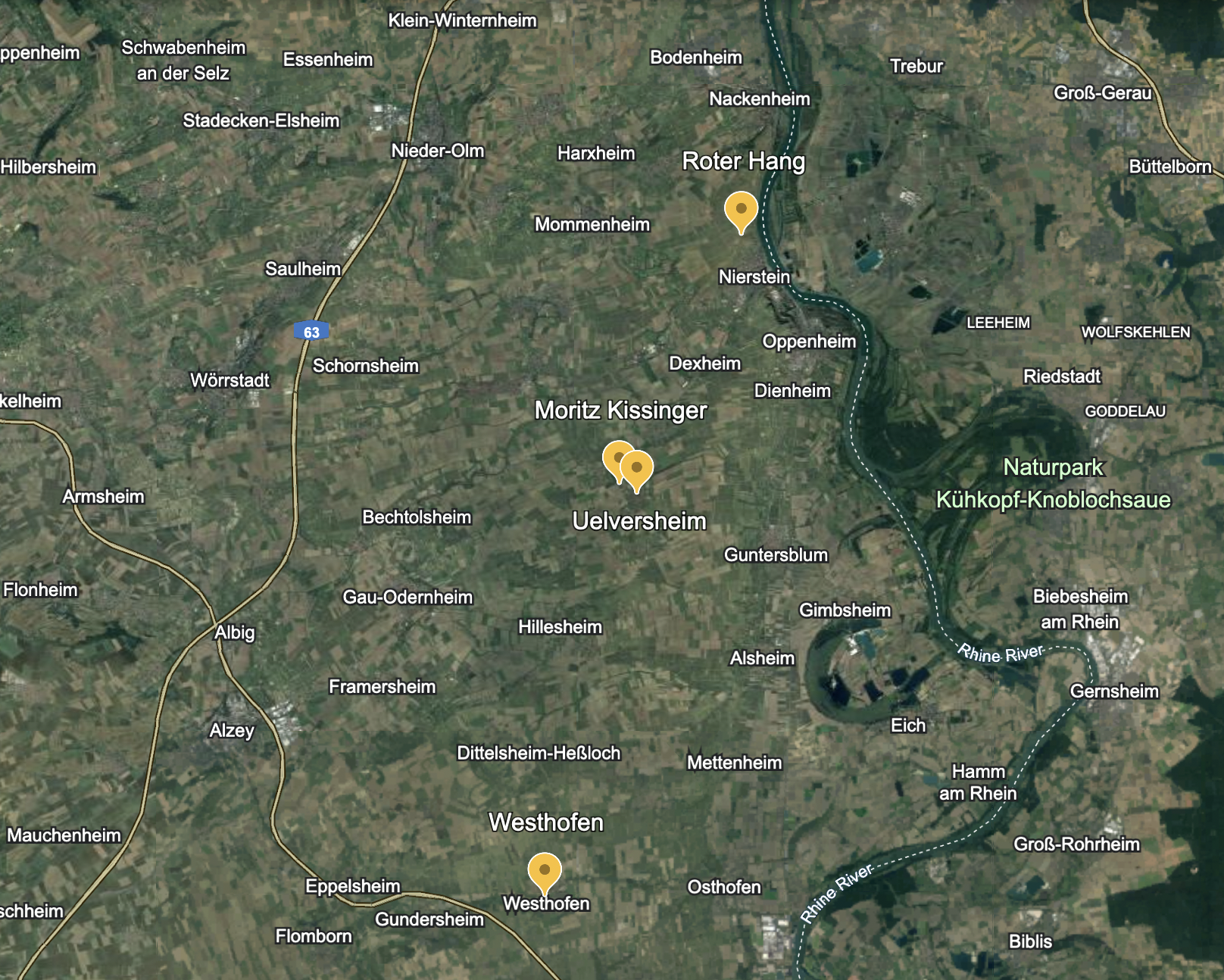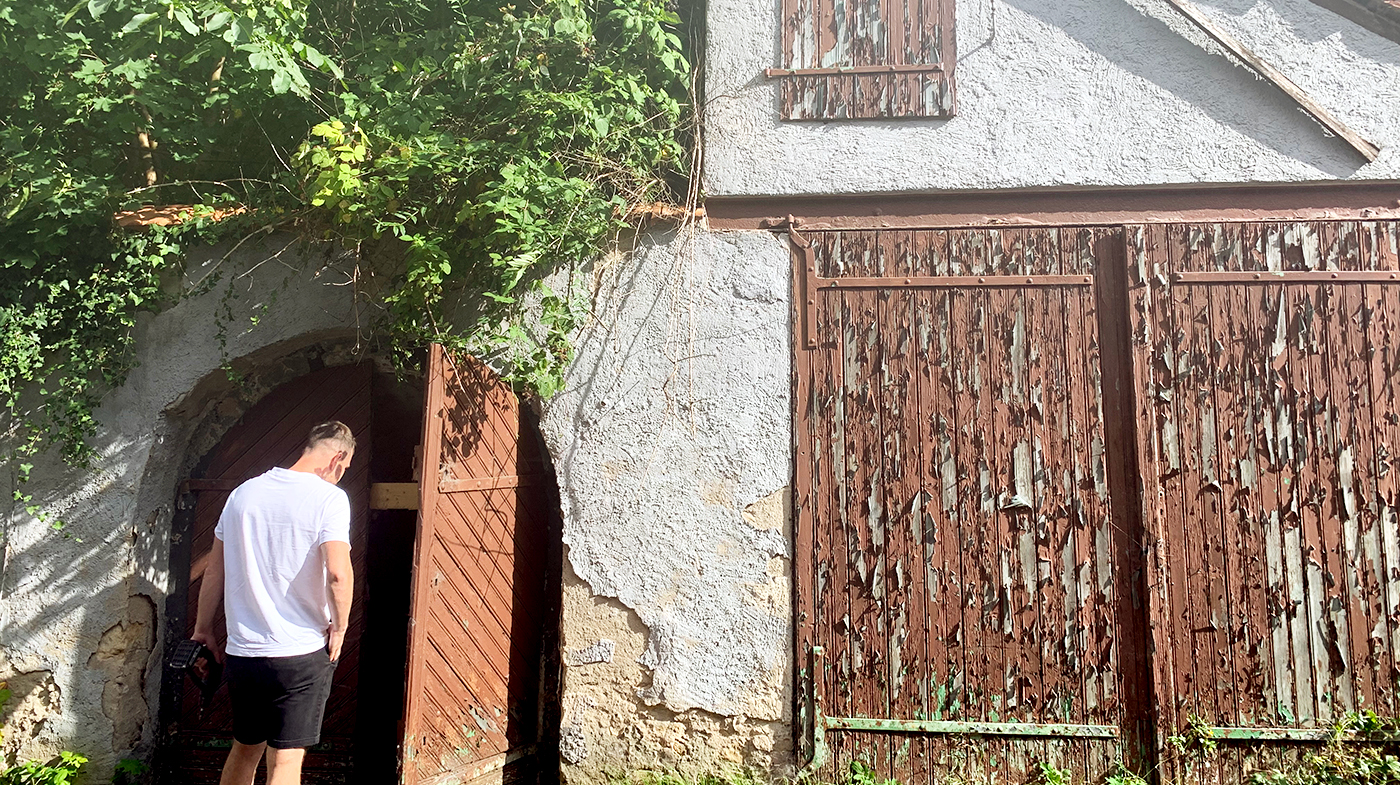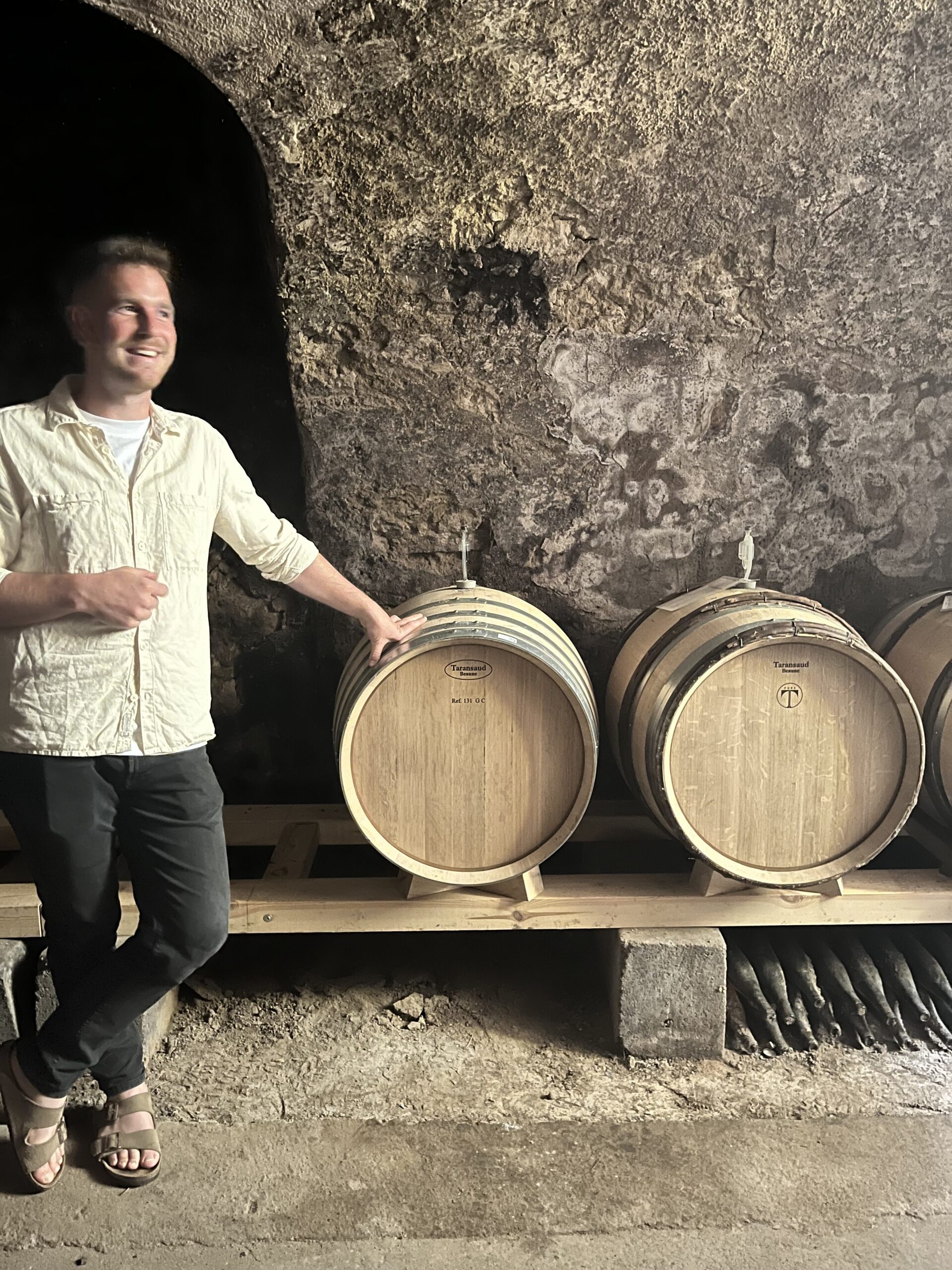The cold, limestone-riddled center of the Rheinhessen.
Part of me wants to just write “IYKYK” because Moritz Kissinger has only released a handful of wines and many of them have become something of a phenomenon in Germany.
I will say the amount of emails and IG DMs I’ve gotten about Moritz’s wines is unprecedented, perhaps only surpassed by inquiries for Keller, which is funny because Keller’s enthusiastic reception of Kissinger’s wines has for sure helped feed the fire in Germany and beyond.
But please understand these are very hard wines to contextualize; there is a lot going on here.
We’ll do our best to be both complete and concise, to try and explain the hype, the magic and the beauty of Moritz Kissinger’s wines.
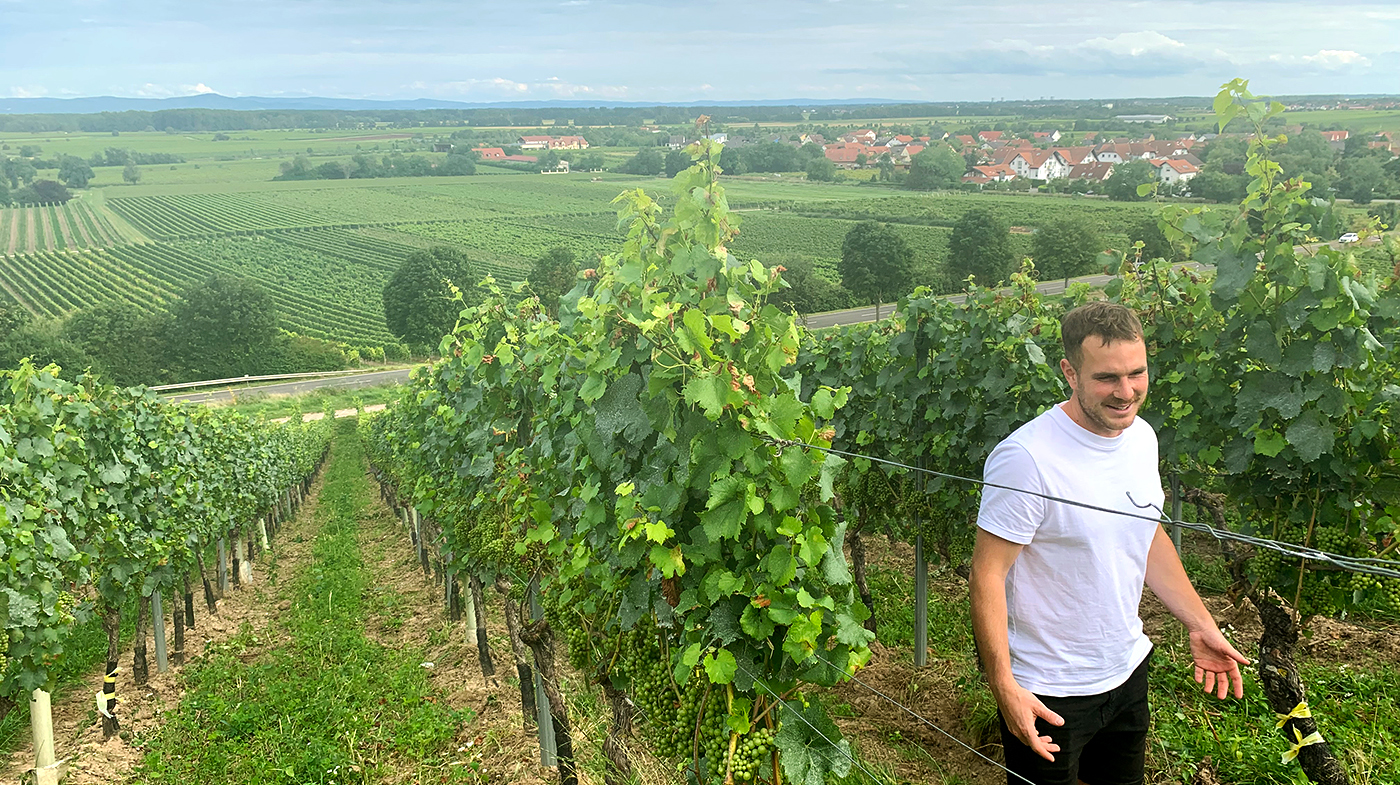
While Moritz is a fourth-generation winemaker, he is only the second generation in his family to bottle his own wines; his father began before him in 1986. The family estate is about 14 hectares total, though Moritz is only farming around two hectares at the moment for his own production. While this will likely grow, for the moment these are very rare bottles of wine.
Moritz Kissinger as a person has a warmth and an openness that, like his wines, feels both incredibly refreshing and also somehow familiar – and not in a chummy or cheesy way. He seems to be a sort of ever-smiling human combinator. I have rarely visited him (or have seen him) without a small entourage of friends from various nooks and crannies of the wine world. When I visit him we taste all of Moritz’s wines… and then normally a parade of wines from around the world – unicorns and trophies, oddballs and curiosities, everything and the kitchen sink. It’s like a vinous version of speed-scrolling through Instagram, sensory data points unfurling across the palate in rapid succession (though this is an analog, human experience, and so one feels none of the guilt after such a tasting).
Suffice it to say Mortiz has an incredible energy, a curiosity, a passion and sociability that maybe puts him at the center (or very close to it) of something that really feels like a movement of young growers in the Rheinhessen.
Since the post-war period the Rheinhessen has had something of a schizophrenic history. This, the largest winemaking region in Germany at some 30,000 hectares, was the fertile and fecund ground zero for much of the commercial plonk that devastated the reputation of German wine in the 1970s and 80s.
The Kissinger estate is located in Uelversheim, a village located in the eastern part of central Rheinhessen. Mostly, you would probably define this place by where it is not.
It is not a part of the famed red slope or “Roter Hang,” the steep vineyards hugging the Rhein in the Rheinhessen’s northeast (Kissinger’s village is slightly south and slightly west of here). It is not a part of Keller’s “Hügelland” and the roll-call of famous vineyards around Westhofen (Kissinger’s village is north and slightly east of here – see map to the right). The point being I suppose, that aside from these two famous sub-regions of the Rheinhessen (which together account for only a few hundred hectares), a fair question to would be: What the hell else is going on in the other 28,000-something hectares of the Rheinhessen?
And truth be told, if you’d have asked me that question five years ago I would have looked at you with translucent, fish-like eyes staring into the blue while trying to think of some respectable-sounding answer… because I had none.
Today, maybe I have an inkling; the story is only beginning.
Moritz Kissinger (and Carsten Saalwächter up in the north of the Rheinhessen) represent for me the two most-realized growers of this “new Rheinhessen.” I’ve been tasting with both of them for years at this point, impressed by their freshman vintages, by the first wines they put into bottle… and now, only a few years later, slack-jawed and oftentimes honestly dumbfounded by how ****ing good these wines are.
I suppose what makes these wines so revelatory is the style, which, when you approach them through the lens of many Rheinhessen wines (most of which are grandiose yet crystalline dry Rieslings), they feel shocking, discombobulating, disorienting. Kissinger’s wines are more relaxed, wider. They use their textural qualities in an unapologetic way; they have an approachable honesty that isn’t rustic exactly, but it is maybe jarring – the degree of clarity, the forthrightness.
And then, with the second sip you approach the wines more as Chardonnay or Pinot Blanc (whether still or sparkling), or as Riesling, grown on limestone without thinking about the cultural baggage of the Rheinhessen, or of Germany at large, and they make perfect ****ing sense.
These wines are absolutely what they should be.
I’ve had this thought on multiple occasions tasting Mortiz’s wines: “How did no one make wines like this before?”
Dry white wines, and some reds – Weissburgunder (Pinot Blanc), Chardonnay, Sauvignon Blanc, Pinot Noir – that feel simultaneously so original and absolutely obvious and perfect, as if this where the Rheinhessen that has always been around… or should have been. They feel like cousins of iconic French regions and wines – Champagne, Jura, Burgundy – authentically filtered through the soil of the Rheinhessen, by a young winemaker who has grown up on this soil.
Right now there are little islands of ambitious (and often very young) growers popping up all over the expansive ocean of the Rheinhessen. They are beginning to realize what is to some extent a pretty basic and self-evident fact: Places that were once slightly too cold to get optimal ripeness for the more serious grapes are now in something of a golden zone.
It’s probably a bit precocious to suggest that these colder corners have a climate very similar to what Burgundy had a half-century ago… but in some ways it’s also probably true.
It is such a beautiful, absolutely magical moment in German wine; it is a renaissance and Kissinger is in the very heart of it all.

